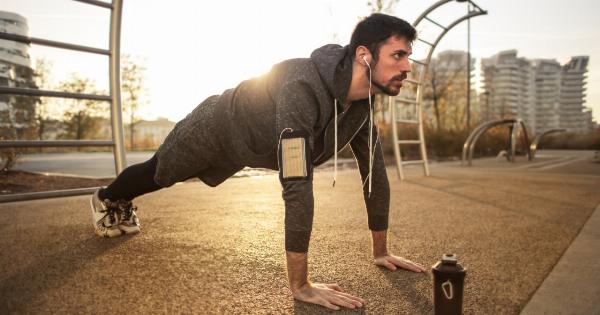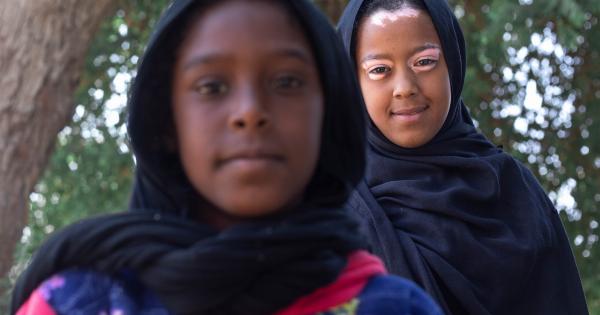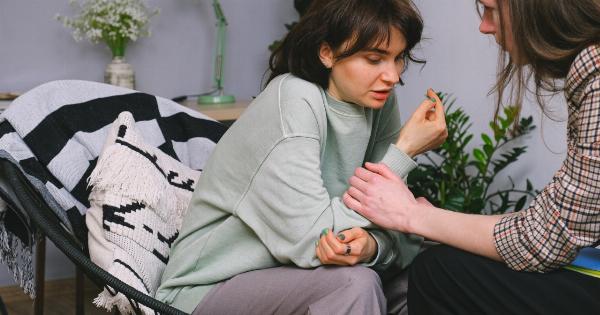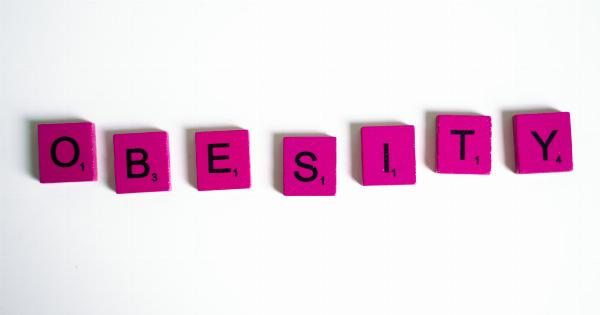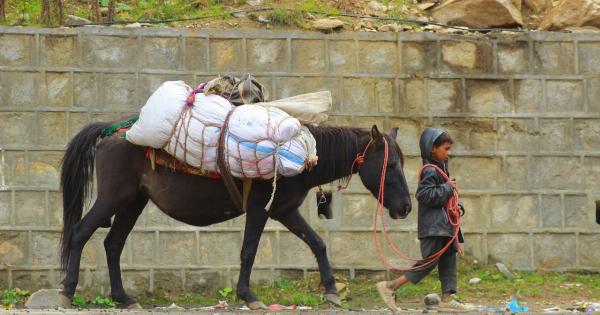Loneliness is a universal human experience that can affect individuals from all walks of life. However, certain types of people may be more susceptible to feeling lonely due to various factors in their lives.
In this article, we will explore some of the types of people who tend to feel the loneliest and the possible reasons behind their feelings of isolation.
Elderly individuals
One group of people that often feels the loneliest are the elderly. As individuals age, they may experience the loss of friends, family members, and spouses, leading to a shrinking social circle.
The physical limitations that come with aging can also contribute to feelings of loneliness as mobility decreases and participation in social activities becomes more challenging.
Individuals living in urban areas
Contrary to popular belief, living in a densely populated urban area doesn’t necessarily shield individuals from loneliness.
In fact, the fast-paced nature of city life can sometimes make it difficult for people to establish meaningful connections. The hustle and bustle of city living often leave individuals feeling disconnected from their communities and longing for more authentic human interactions.
Individuals with mental health conditions
Mental health conditions can significantly impact an individual’s ability to connect with others and often contribute to feelings of isolation.
Disorders such as depression, anxiety, and social anxiety disorder can make it challenging for individuals to initiate and foster relationships, leading to heightened loneliness.
Individuals with disabilities
People with disabilities may find themselves feeling lonely due to various reasons. Accessibility barriers can make it difficult for individuals with disabilities to participate in social events and engage with the community.
Additionally, the societal stigma surrounding disabilities can lead to social exclusion and a lack of understanding from others, further contributing to feelings of loneliness.
Individuals going through major life transitions
Major life transitions can often leave individuals feeling lonely and disconnected. Examples of such transitions include moving to a new city, starting a new job, getting divorced, or experiencing the loss of a loved one.
The upheaval and uncertainty associated with these transitions can disrupt existing social networks and leave individuals in a state of isolation.
Single parents
Single parents, especially those who are solely responsible for their child’s upbringing, may experience loneliness due to the demands and responsibilities of parenting.
Juggling work, childcare, and other responsibilities can leave little time for socializing and developing a support network, increasing the chances of feeling isolated.
Individuals from marginalized communities
People from marginalized communities often face societal prejudices, discrimination, and systemic barriers that can contribute to feelings of isolation.
Factors such as racism, homophobia, or xenophobia can make it challenging for individuals from these communities to establish connections and find a sense of belonging.
Empty nesters
Empty nesters, individuals whose children have grown up and left home, may experience a sense of loneliness and loss.
After years of caring for and raising children, the sudden absence of their presence can leave empty nesters feeling isolated and yearning for companionship.
Individuals with demanding jobs
Individuals with demanding jobs, such as doctors, lawyers, or corporate executives, may struggle to find a balance between work and personal life.
Long working hours and high-pressure environments can impede social interactions, leaving these individuals feeling lonely and disconnected.
Individuals who have recently immigrated
Immigrants often leave behind their established social networks and familiar support systems when they move to a new country.
Language barriers, cultural differences, and the challenges of adapting to a new environment can make it difficult for immigrants to establish new connections and combat feelings of loneliness.
Conclusion
Loneliness can affect people from various walks of life, and the reasons behind their isolation are diverse.
Elderly individuals, those living in urban areas, people with mental health conditions or disabilities, individuals going through major life transitions, single parents, individuals from marginalized communities, empty nesters, those with demanding jobs, and recent immigrants are just some of the types of people who tend to feel the loneliest. Understanding these factors can help us empathize with others and work towards fostering inclusive communities where everyone feels a sense of belonging and connection.










